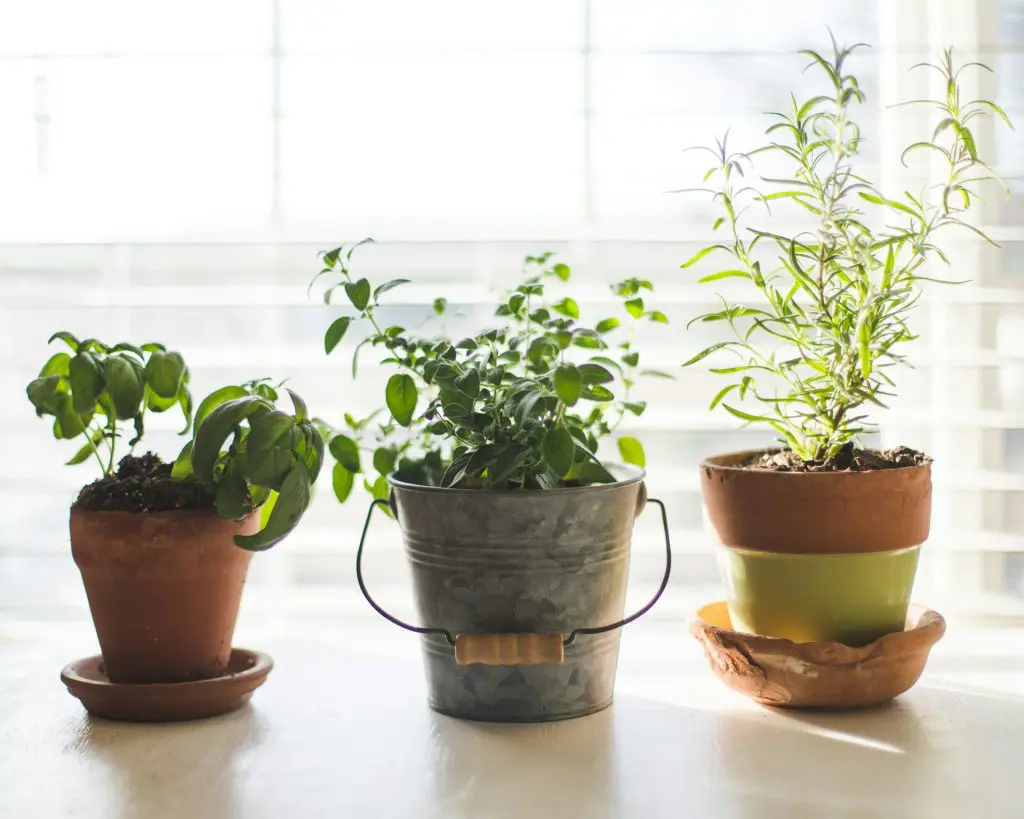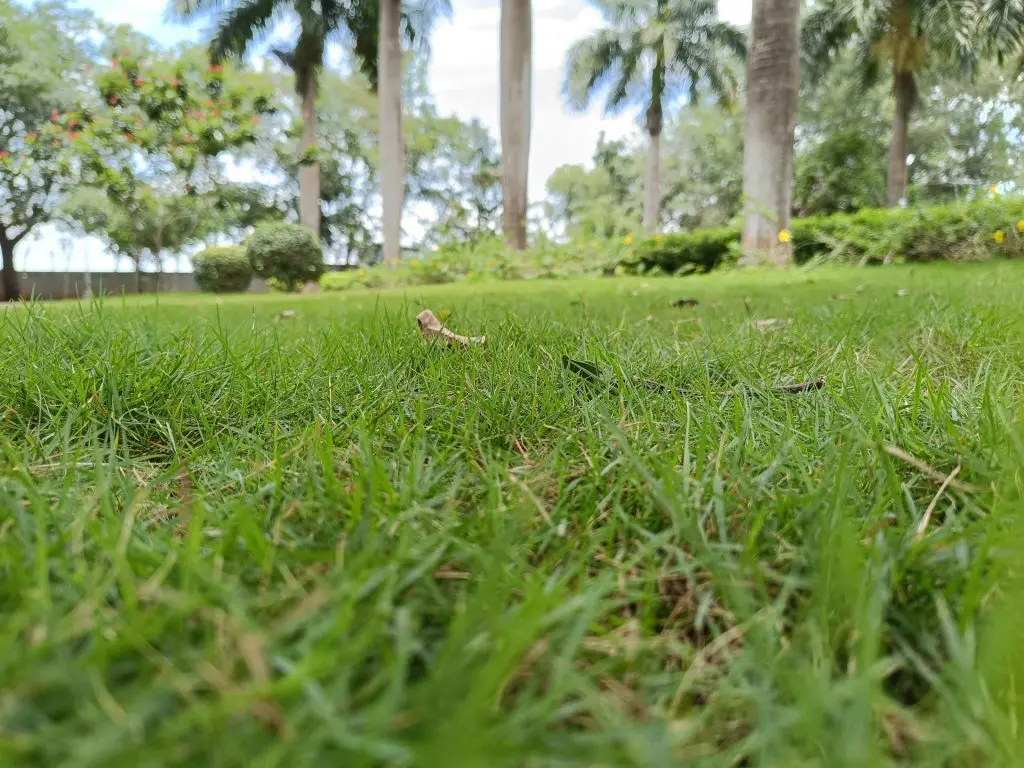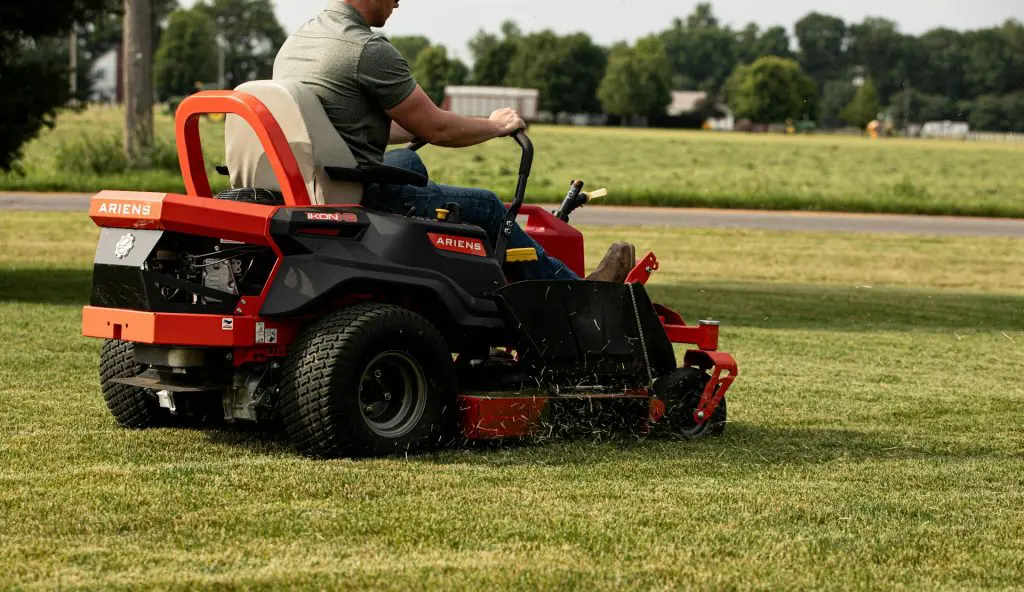To anyone who hesitates to call themselves a ‘green thumb, ’ the idea of trying to grow anything at all during winter can be quite intimidating. After all, it’s howling with rain, the soil is soaked, and the wind is whistling. But delicious, fresh food is wonderful year-round, so what’s a gardener to do but improvise?
Herbs are welcome in the kitchen and the garden, but they can struggle to survive outdoors in winter. Indoor cultivation is a fantastic way to maintain access to your favourite herbs, and it’s accessible for living spaces of any shape or size.
In this post, we’ll unpack the benefits of indoor herb gardening and guide you through a step-by-step setup to tide you over this winter.
Why Indoor Herb Gardening?
When it comes to indoor herb gardening, the benefits are just as plentiful as your incoming harvest. You might be an apartment dweller or living in a 4-bedroom home; regardless, keeping your herbs alive indoors is more than doable (and comes with plenty of upsides).
- You’ll have fresh herbs year-round. Even in the depths of winter, you’ll be able to enjoy your own supply of herbs without buying expensive bushels from your local supermarket.
- The setup is very compact. Indoor herb gardening doesn’t require a sprawling backyard, just a sunny windowsill and a few pots!
- Budget-friendly. Not only does growing herbs at home cost less than buying herbs from your grocery store, but it’s also a great way to reduce your carbon footprint.
- Your mental health will thank you. When the sky goes grey and the rains come in, nothing helps to keep your spirits up quite like a small green garden right there in your kitchen.
Given the simplicity of setting up an indoor herb garden, the low barrier to entry and high return make this an essential winter gardening activity.
How to Set Up an Indoor Herb Garden
Luckily, iherb gardening is much easier than most people think! You’re working with a controlled environment and minimal pest disruption thanks to the location of your new ‘herb patch’. With that in mind, here’s a quick step-by-step look at how to do it:
1. Choose the Right Herbs
Some herbs are more winter-hardy and suitable for indoor cultivation than others. Ideal options include:
- Parsley
- Coriander
- Thyme
- Chives
- Mint
- Oregano
- Basil (requires more warmth and light, but doable with extra care)
The key? Start small! Two or three herbs are easier to manage and more likely to thrive.
2. Pick the Perfect Spot
Herb gardening lives and dies by the spot you pick in your home. Your herbs will need at least 6 hours of sunlight per day, so place them near a north-facing window or use a grow light if natural light is limited. Avoid placing them near cold drafts or heating vents, as temperature swings can stress the plants.
3. Use the Right Containers
Soggy soil is detrimental to herbs, so it’s best to opt for pots with good drainage to prevent this issue. Terracotta pots are a solid choice for herbs because they are breathable, but any container with drainage holes will work. Don’t forget to use a saucer underneath to catch excess water.
4. Select Quality Potting Mix
Herbs do best in light, well-draining potting mix. Avoid using garden soil indoors, as it’s too heavy and might contain pests. A mix formulated for container gardening or one with added perlite for drainage is ideal.
5. Feed & Water Carefully
Finally, once you’ve got your herbs set up, all you need to do is keep looking after them. Overwatering is one of the most common mistakes made in herb gardening. To prevent overwatering, simply stick your finger into the soil. If it feels dry up to your first knuckle, it’s time to water. Most herbs prefer evenly moist soil, but never soggy.
You also only need to fertilise sparingly. A diluted liquid fertiliser every 6 weeks – preferably an organic option, like seaweed – will work well.
Arguably, one of the best things you can do for your herbs is to use your new herb garden regularly! Harvest away, as this encourages your herbs to grow even more. To pluck a piece safely, pinch or snip leaves off from the top, just above a leaf node (the little nub on the stem). Make sure to never take more than one-third of the plant at a time, and always harvest with clean tools to prevent your herbs from contracting diseases.
With all the tips above, you’ll be an indoor herb gardening expert in no time! Select the right spot in your home, use sparingly, and enjoy fresh herbs regularly to keep this garden thriving through the colder months (and beyond).
Looking for more indoor gardening tips? Turn to Paramount Gardening.
We are your elite property care partners, providing year-round care in all weather conditions for your exterior gardens.
Reach out to the experts on the Paramount Gardening team for help with caring for your outdoor garden so that you can focus on indoor herb gardening this winter.





